1. Barry McGuire
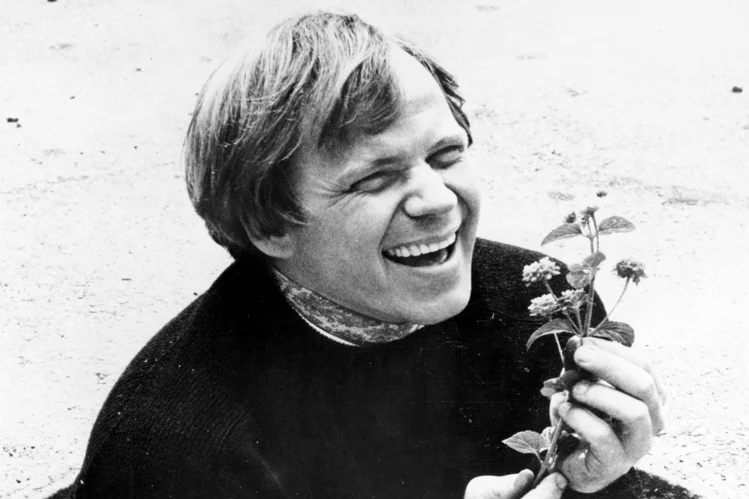
Barry McGuire had a booming, gritty voice that cut right through the radio static in 1965 when “Eve of Destruction” topped the charts. It was a protest song, angry and raw, capturing the mood of a country torn by the Vietnam War and social upheaval. The song shot to No. 1, but McGuire found himself typecast as the voice of doom and gloom, which made it tough to score another mainstream hit.
After the song’s success, McGuire tried to continue with music but struggled to shake the shadow of that one powerful anthem. He later turned his energy toward Christian music, carving out a quieter career away from the limelight. While his name doesn’t often pop up on classic rock radio anymore, “Eve of Destruction” is still remembered as one of the defining protest songs of the ’60s. In a way, McGuire didn’t need a second hit—his first was enough to define an era.
2. Bobby Goldsboro
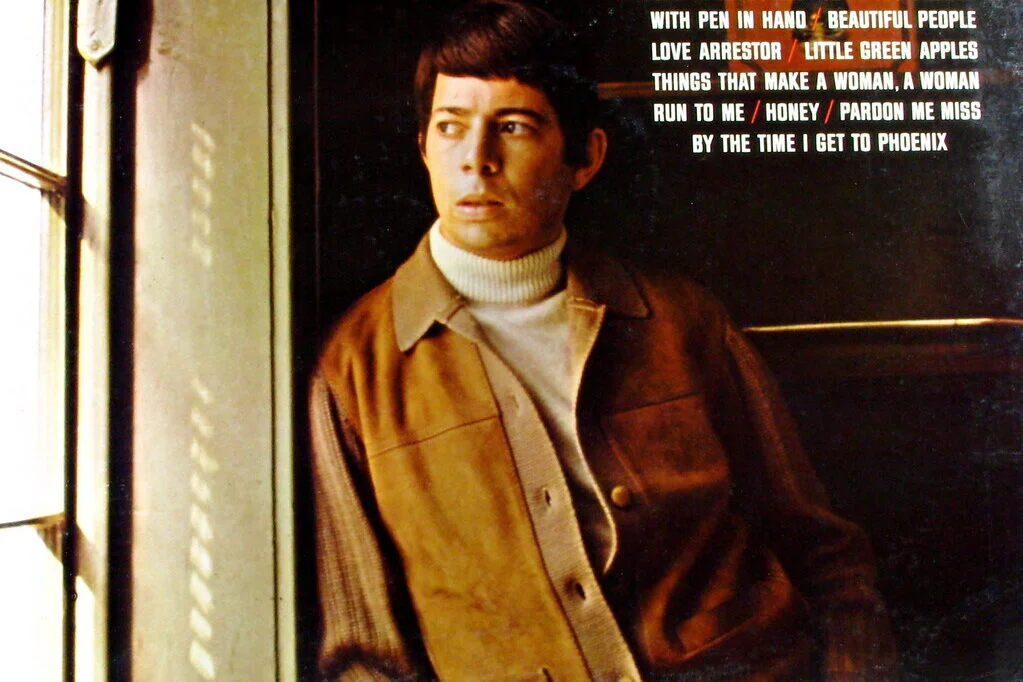
Bobby Goldsboro’s “Honey” was one of those songs that either made you cry or roll your eyes when it came out in 1968. It was a sentimental ballad about love and loss, and it struck a nerve with audiences, climbing all the way to No. 1 on the Billboard Hot 100. Despite its massive success, Goldsboro never managed to replicate that same level of popularity with later releases.
He did continue to record and perform, and even hosted a short-lived variety show in the ’70s. But to most music fans, his name is tied forever to “Honey” and its heart-tugging lyrics. The song became such a cultural touchstone that it’s still referenced, even if sometimes with a bit of good-natured teasing about its sappiness. For Goldsboro, that one tune remains both his greatest triumph and his musical anchor.
3. Zager and Evans
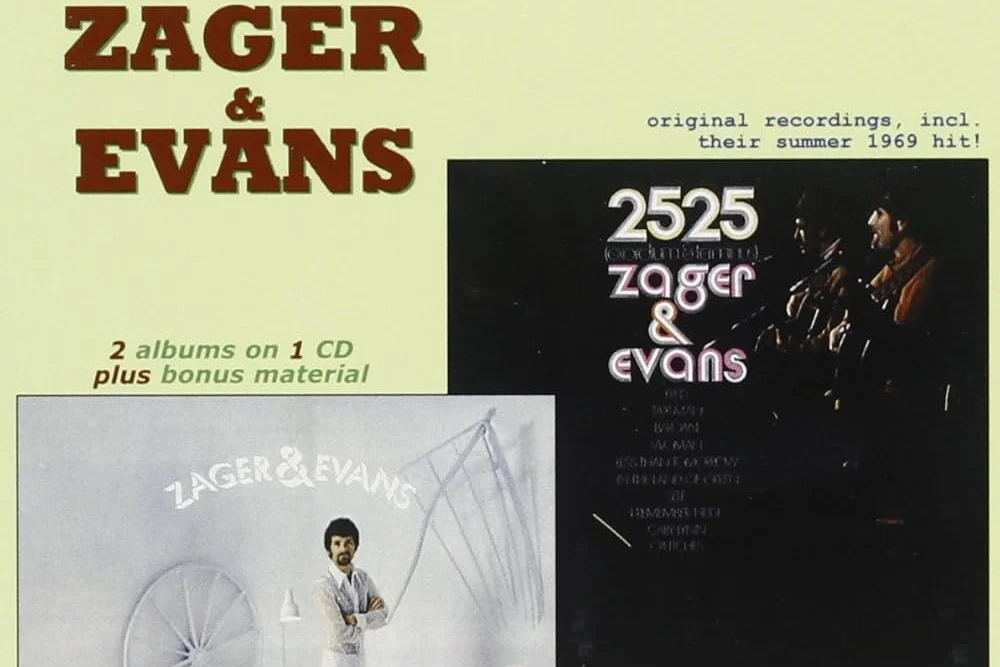
If you’ve ever heard “In the Year 2525,” you probably never forgot it. Rick Evans and Denny Zager’s eerie, futuristic ballad about the fate of humanity came out in 1969 and became an international hit. It topped the charts in the U.S. and the U.K., capturing late-’60s anxieties about technology, war, and survival.
The problem for Zager and Evans was that they never managed to follow it up. Their next releases fizzled, and they soon faded from the spotlight. They still hold the dubious honor of being one of the biggest one-hit wonders in pop history. For all its bleakness, “In the Year 2525” is a perfect time capsule of the decade’s fears and dreams.
4. The Archies
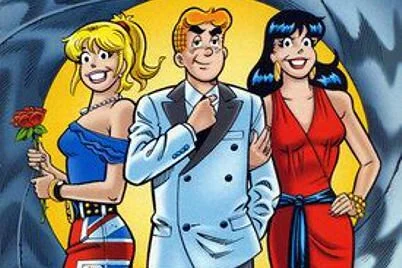
Yes, The Archies weren’t even a real band—they were a cartoon. Still, in 1969, their bubblegum hit “Sugar, Sugar” was unavoidable, climbing to No. 1 and becoming one of the biggest singles of the year. The catchy tune, paired with the colorful TV characters, made them an instant sensation with kids and teens.
Of course, being fictional had its drawbacks. After the sugar rush wore off, The Archies didn’t have staying power in the music industry. Though the song still pops up in nostalgic playlists and TV shows, the group itself never had another true hit. It’s a reminder of how the ’60s could turn even a cartoon into a chart-topping act—at least once.
5. Norman Greenbaum
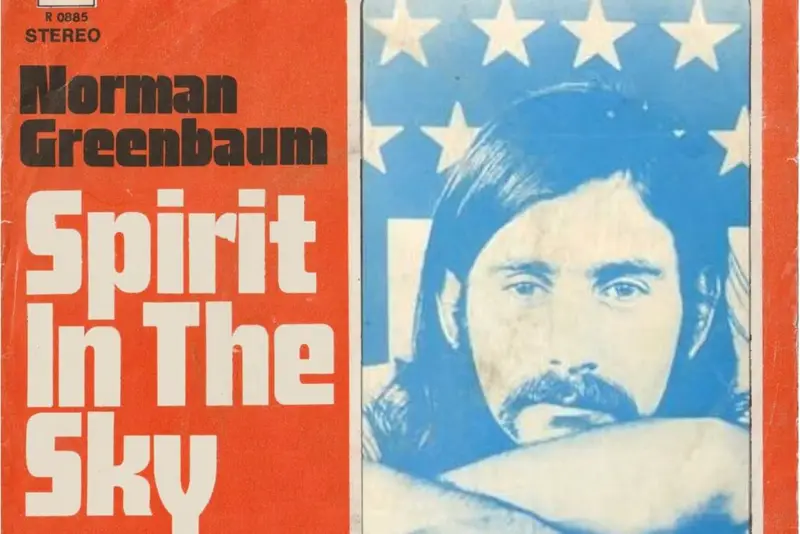
Norman Greenbaum’s “Spirit in the Sky” is one of those songs that seems to reappear every few years in movies, commercials, and playlists. When it was first released in 1969, its fuzzy guitar riff and gospel-tinged lyrics took it straight to the Top 10. Greenbaum, with his scruffy look and unconventional sound, seemed poised for a longer career.
But after that breakthrough, nothing else he recorded caught on with the public. He faded into relative obscurity, though “Spirit in the Sky” kept finding new life on soundtracks. Greenbaum himself has admitted that the royalties from that single song supported him for years. It’s proof that sometimes one big hit is all it takes to live on in pop culture.
6. The American Breed
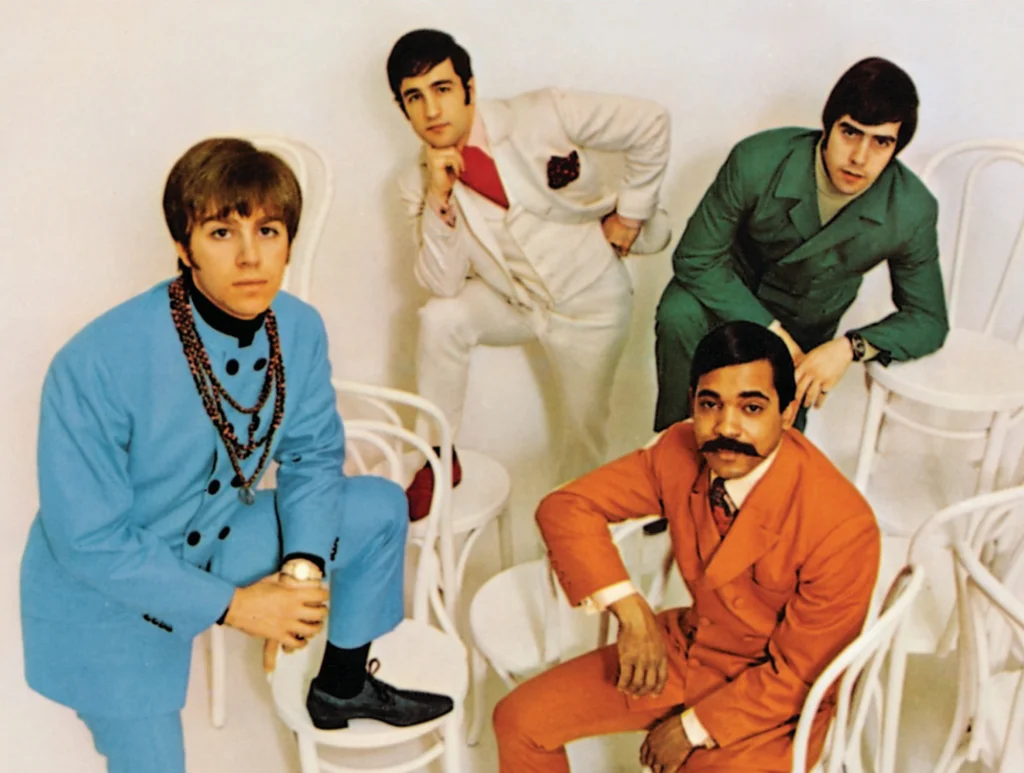
The American Breed stormed the charts in 1968 with “Bend Me, Shape Me,” a driving pop-rock anthem that captured the playful energy of the time. It was catchy, danceable, and perfect for radio play, helping the band secure their place on the charts, if only for a little while. Their blend of pop and soul gave them a unique sound that stood out in a crowded field.
Unfortunately, they couldn’t match that success with future releases. By the early ’70s, the group had disbanded, and members moved on to other projects. Still, “Bend Me, Shape Me” remains one of those songs that instantly conjures images of late-’60s dance floors and transistor radios. For a brief moment, The American Breed had the world’s attention.
7. The Troggs
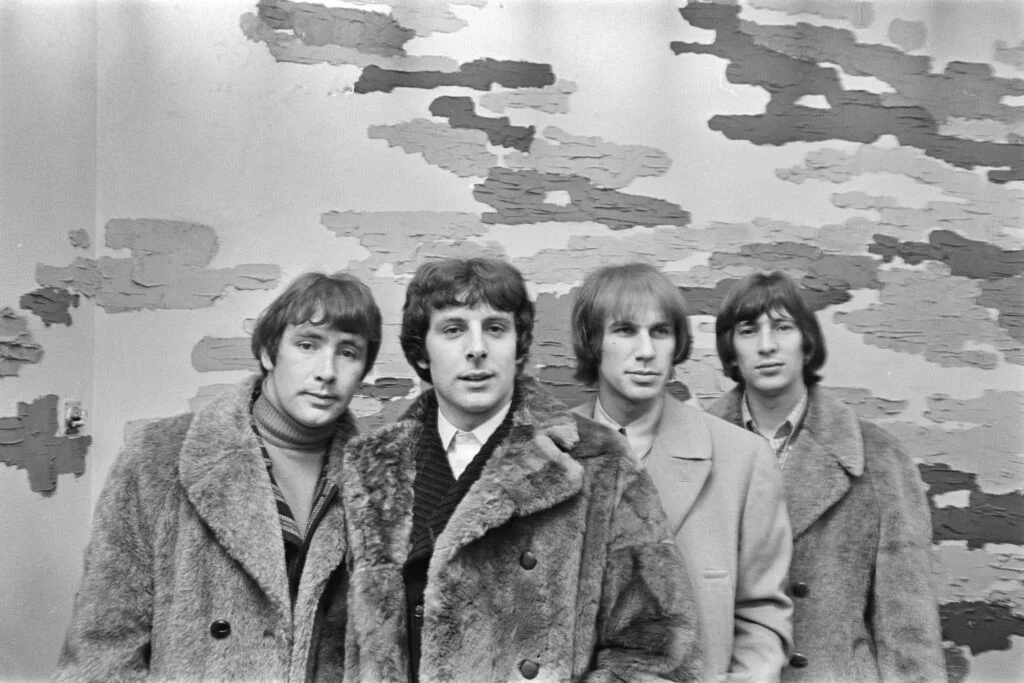
The Troggs stormed onto the scene in 1966 with “Wild Thing,” a raw, simple rock anthem that became an instant classic. Its gritty guitar riff and straightforward lyrics made it irresistible for young listeners looking for something rebellious. The song shot to No. 1 in the U.S. and made the British band international stars overnight.
But lightning didn’t strike twice. Though they had minor follow-ups like “Love Is All Around,” nothing reached the heights of “Wild Thing.” Over time, the band’s fame faded, but that one song has endured as a staple of garage rock. Even decades later, “Wild Thing” is instantly recognizable and forever tied to The Troggs.
8. The Standells
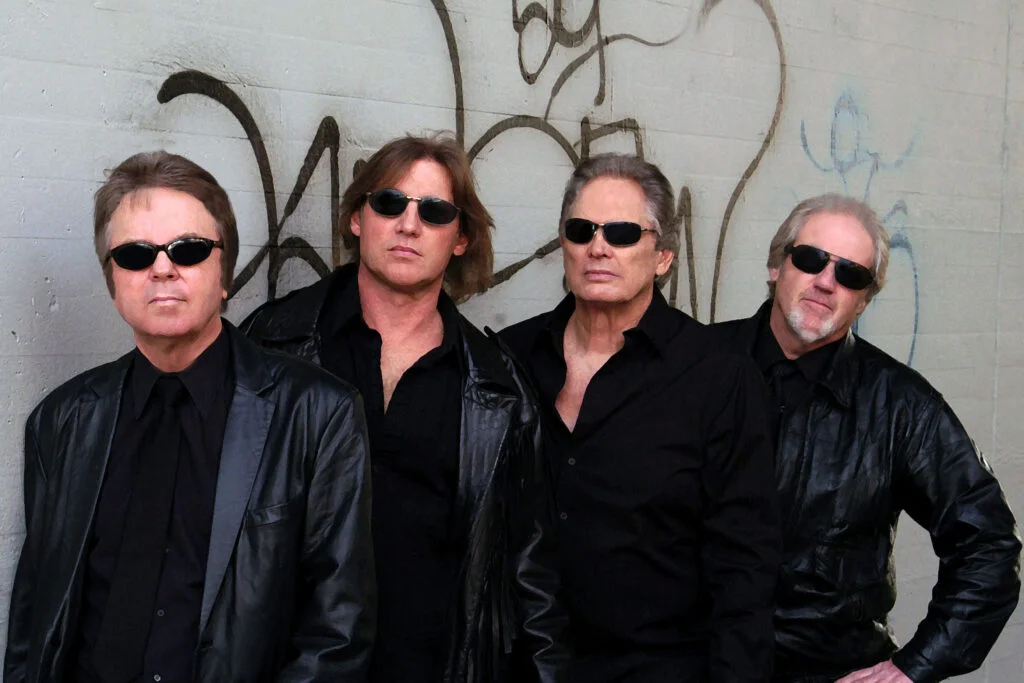
In 1966, The Standells scored a hit with “Dirty Water,” a gritty garage-rock anthem that paid homage to Boston. Its rebellious energy and swagger stood out at a time when polished pop dominated the airwaves. For a while, the band seemed poised to become one of the big names of the decade.
But the momentum didn’t last. While they remained popular in New England, their national profile dropped quickly. Still, “Dirty Water” has been adopted as a sports anthem in Boston and continues to keep their name alive. It’s proof that sometimes one well-placed hit can turn into a city’s permanent soundtrack.
9. ? and the Mysterians
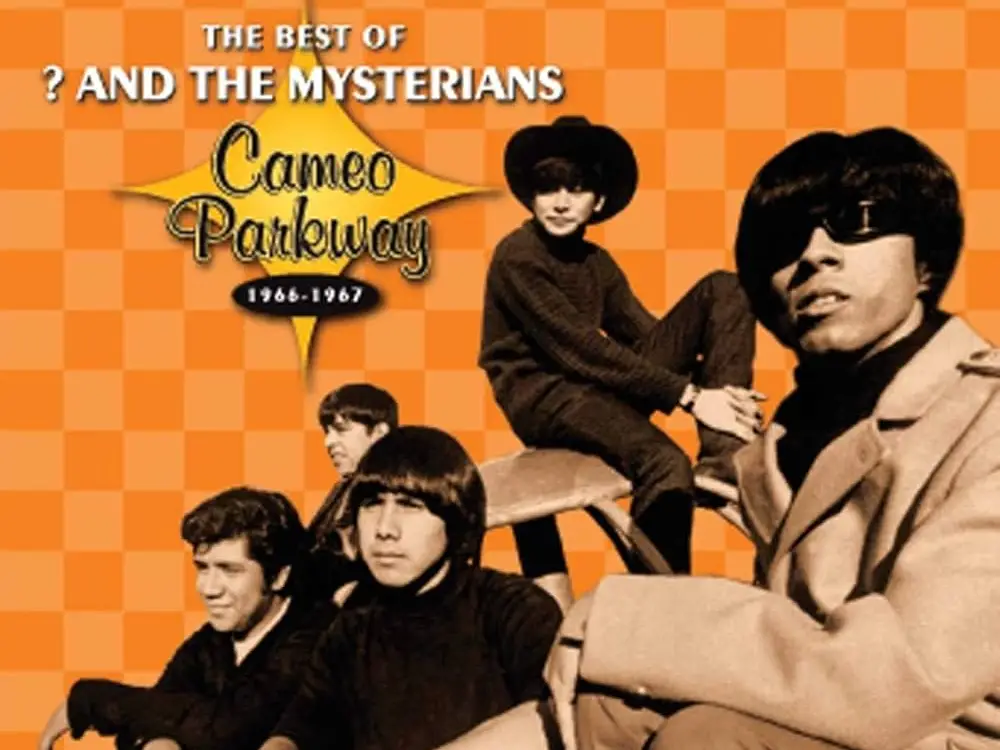
Few songs scream ’60s garage rock like “96 Tears.” Released in 1966, the hypnotic organ riff and sneering vocals made it an instant hit, climbing to No. 1 on the Billboard Hot 100. The band, led by the mysterious frontman known only as Question Mark, seemed destined for more.
But lightning didn’t strike twice. Their follow-up songs failed to gain traction, and the group faded from mainstream view. Still, “96 Tears” remains a classic of the genre, covered by artists like Aretha Franklin and The Stranglers. The song keeps ? and the Mysterians immortal in pop history, even if they vanished from the charts.
10. The Box Tops
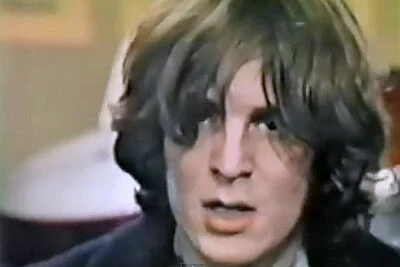
The Box Tops found fame in 1967 with “The Letter,” a soulful, raspy-voiced hit sung by a then-16-year-old Alex Chilton. At under two minutes long, the song was short but packed with emotion, quickly soaring to No. 1. It became one of the defining pop songs of the decade.
However, the group couldn’t sustain that momentum. While Chilton went on to cult fame with the band Big Star, The Box Tops themselves faded away. “The Letter” has remained their shining moment, still popping up in movies, commercials, and oldies playlists. It’s a reminder of how one powerful song can overshadow everything else.
11. The Young Rascals
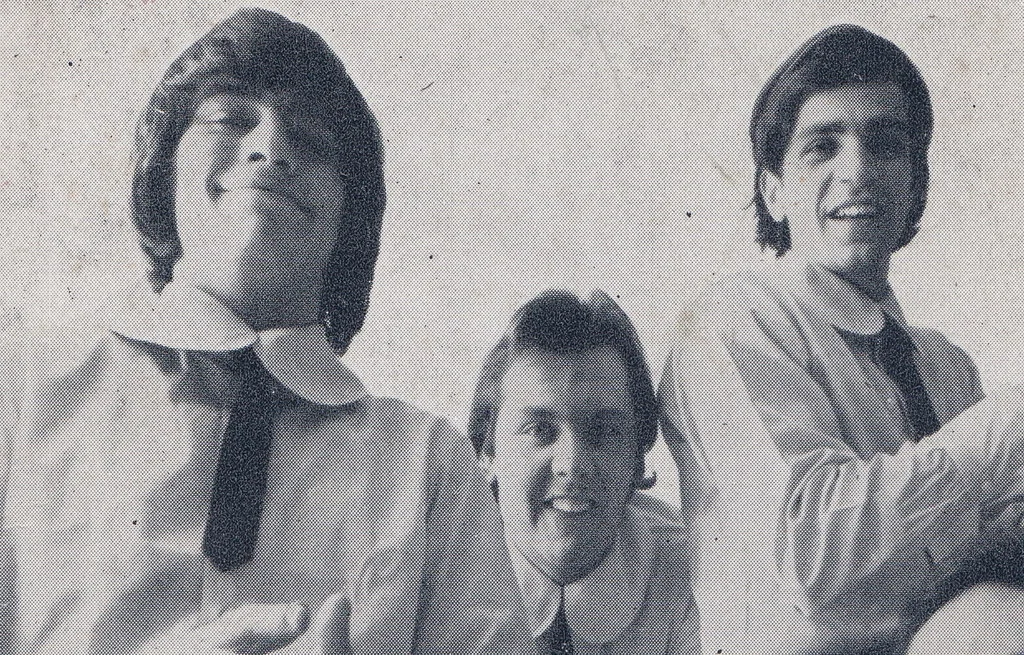
The Young Rascals lit up the charts in 1966 with “Good Lovin’,” a high-energy track that had everyone dancing. Its mix of blue-eyed soul and rock made it irresistible, and the song hit No. 1, cementing their place in pop history. For a moment, they seemed like they might rival the biggest names of the day.
But despite a few smaller hits, the group never matched the excitement of that breakthrough. Over time, they quietly slipped out of the spotlight, remembered mostly for that one big single. “Good Lovin’” still lives on as one of the most joyful hits of the era, keeping The Young Rascals on the map.
12. The Left Banke
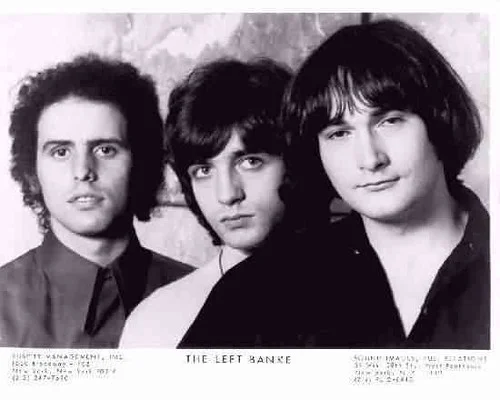
The Left Banke created one of the most elegant hits of the ’60s with “Walk Away Renée.” Released in 1966, it featured lush orchestration and heartfelt lyrics, standing out against the fuzzed-out garage sound dominating the airwaves. The single was a big success, reaching the Top 5 and making the band stars, at least briefly.
But the group struggled to hold together. Internal tensions and uneven follow-up singles meant their time in the spotlight was short-lived. Still, “Walk Away Renée” is considered a baroque pop masterpiece and has been covered by artists from The Four Tops to Rick Price. Even if The Left Banke disappeared, their one big hit remains timeless.


